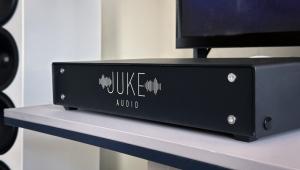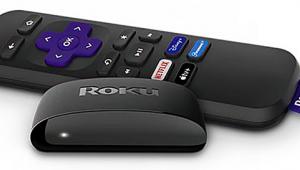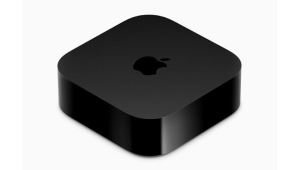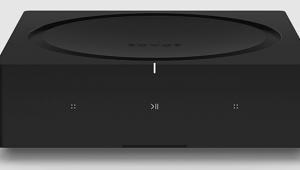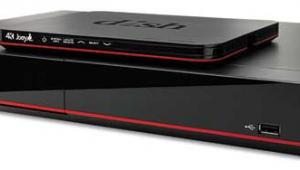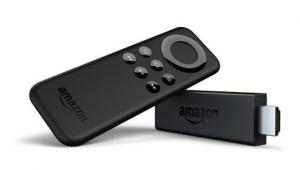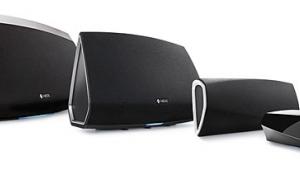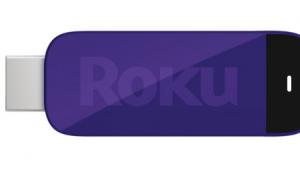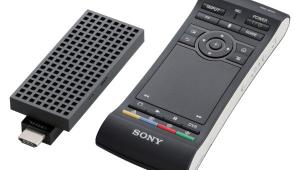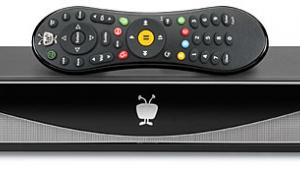Amped Wireless REC10 Compact High-Power Wi-Fi Range Extender
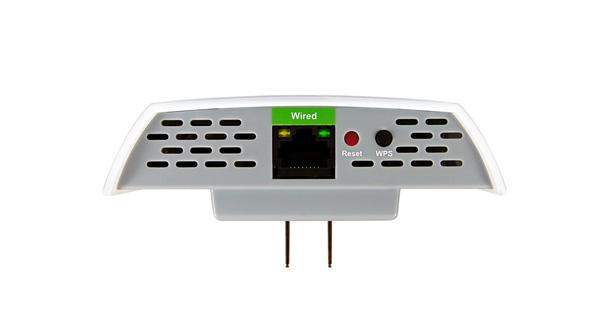
AT A GLANCE
Plus
Small, concealable form factor
Easy installation with good documentation
Excellent performance
Minus
May cost as much as a new router
THE VERDICT
There may be other options for improving your Wi-Fi, but the REC10 represents an exceptionally simple and effective path to robust video streaming on SmartTVs and tablets.
With Internet-connected smart TVs flying off the shelves during the holiday season and into Super Bowl Sunday, many consumers may find themselves trying to stream music and video to their new sets from Pandora, Netflix, Amazon VOD, et. al. But relatively few will have a wired ethernet connection near their televisions, and nothing can dumb down a smart TV faster than a weak Wi-Fi signal. Weak Wi-Fi can have immediate and noticeable effects on your audio and video quality. To compound the problem, you may not even know what’s causing them. An inability to connect promptly to your desired services may indicate that your router is too far away. But a laptop in the same room might have no trouble at all loading web pages, and a reasonable person might think the stuttering, buffering, or lack of resolution on your TV screen is a function of heavy Web traffic during peak periods, bad infrastructure at your Internet provider, or a technical failing of the playback device.
In my work as a custom electronics installer I sometimes found that a Wi-Fi signal booster (also called a range extender) could make the difference between poor quality streaming (or none at all) and acceptable performance. These units typically receive the existing signal from your router and rebroadcast it. By physically placing the booster somewhere between the router and your most distant device, you effectively extend the router’s range.
Of course, there may be other and possibly better options than a booster for solving the problem of poor Wi-Fi coverage. If you’ve got an older router that’s not working on the 802.11n standard (or the emerging 802.11ac standard), upgrading will undoubtedly increase your data throughput/speed, though not necessarily your range, since the less-crowded 5 gigahertz Wi-Fi band used in n-standard routers may also reduce a signal’s ability to pass through walls and other common obstructions compared with older 802.11g routers on the traditional 2.4 GHz band. (Ditto for dual-band routers, for the same reason). There are also wired network extenders that send ethernet over your power lines or cable TV infrastructure (MoCA), though these require plugging in adapters at both the router and destination device, and they’re subject to their own peculiar gremlins as well.
Furthermore, extenders have their own achilles heel. While they should successfully extend the reach of your network, by their nature they chew some network speed: having to grab the original signal packets and rebroadcast them takes more time than would be required for a simple direct connection from the router to the destination device. Still, for sheer simplicity of installation, dropping in a Wi-Fi extender may be the easiest (though not always the cheapest) way to go from an unviable streaming network to one that works. Your personal usage habits will determine how much throughput speed you really need, and your own tech savvy and comfort with swapping in new routers or adding wireless access points (which may accomplish the same goals more efficiently) will likely come into play in selecting the best option for you home.
Extend Me, Please
As it turns out, my basement home office and theater studio is perfect for testing a Wi-Fi extender. My modem and wireless router live two stories up on the second floor, but I long ago ran (with considerable effort) a direct-wired ethernet connection to the studio for displays and other components in my A/V rack. That’s allowed me to extend the life of my router, a now long-in-the-tooth Linksys WRT54GS2 that runs on 802.11g/b. Its Wi-Fi function is still used by my Mac laptop in the basement, where it’s proven itself perfectly adequate for email and general web surfing, and for gaining Wi-Fi access around the house on portable devices like my iPhone and iPad. From experience, I’ve found that Wi-Fi straight from the router is also effective for streaming internet radio to the laptop or my Oppo BDP-103 Blu-ray player (using the Oppo’s supplied Wi-Fi dongle adapter). But all attempts I’ve made to wirelessly stream video from the router—whether it be low-res YouTube clips or high definition Vudu presentations—have met failure. The load and command response times for any video streaming app I launch on the Oppo or on any flat-panel HDTV is noticeably sluggish, and even if the app eventually loads, it inevitably gets hung up at some point when I try to play videos.
These were the conditions when Amped Wireless, which specializes in high performance Wi-Fi boosters and routers, sent me their REC10 high power Wi-Fi range extender to try out. With a 600 milliwatt transmitter, it’s said to be 12 times as powerful as typical Wi-Fi devices, which usually have about 50 mW of output. The unit also has a higher-gain antenna compared with the typical router. Amped claims a coverage footprint of up to 6,500 square feet for the REC10, versus 1,500 square feet for a conventional router. It can be used to extend any 802.11 n, g, or b network. The suggested retail price is $70, and it’s available from most of the reliable online vendors (Amazon, et. al.). If you’re already running a dual-band network, Amped Wireless also makes the SR20000G ($160 list; $140 street), which can simultaneously boost a 2.4 gHz and 5 gHz network with the same 600 mW of output power for each; range is claimed to be up to 10,000 square feet.
Upon opening the box, I found the REC10 both suprisingly compact and thoughtfully designed. It has a nicely styled white case that’s not much larger than a cigarette pack and features rounded corners on the front and beveled side panels. It plugs directly into a wall outlet using the prongs extending from its backside. This is a desirable feature for an extender that I prefer to a two-piece system with a separate wall-wart power supply. That arrangement requires that you find a spot near an outlet for the booster on either the floor, a table, or a shelf, and it leaves an obvious wire exposed. Aesthetics can be critical with an extender because it may have to live in a hallway or room devoid of other electronics and where it can’t be easily hidden. The REC10, once plugged into a common white outlet, virtually disappears. If you plug it into the lower half of a duplex outlet, even the short white antenna extending from its top will blend in with the wall plate, and the antenna’s far right-side postion ensures you’ll still have room to plug in another appliance above the extender. As an added bonus, there’s a single RJ-45 ethernet port on the bottom panel which can be used to gain wired network and Internet access for another device situated near the extender, which may come in handy in some situations.


